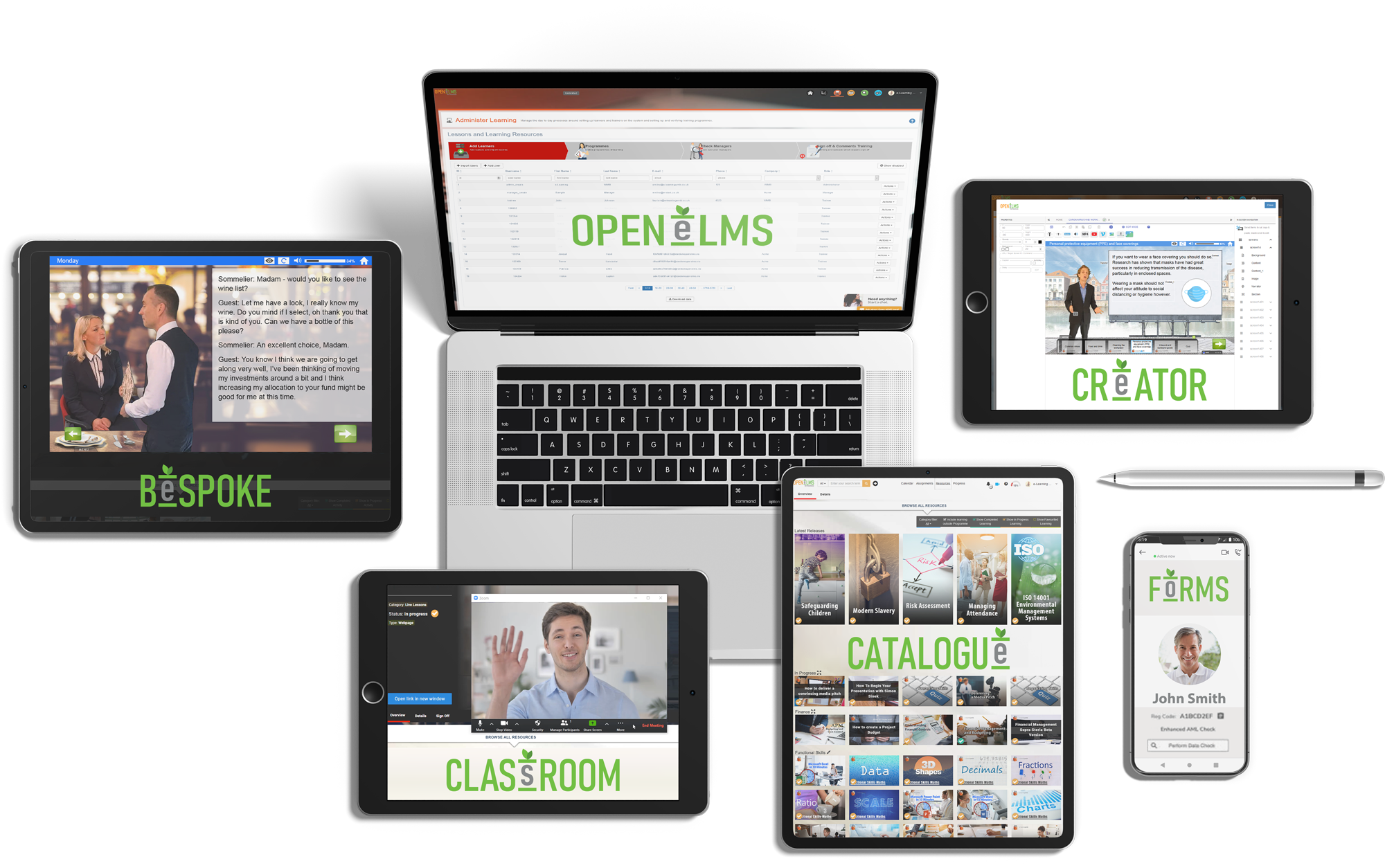

April 14th, 2022: A Date to Remember
They say you always remember where you were during life-changing events: Kennedy’s assassination, the moon landing, or England winning a major football trophy. I’ve often felt like I was born a little too late to witness such monumental moments firsthand. However, on April 14th, 2022, I experienced my own watershed moment.
I was in the office when I first saw it—an image of a blue bicycle, seemingly ordinary yet extraordinary in its implications. At that moment, everything changed. AI had transitioned from the realm of theoretical and scientific applications into something far more tangible—design. And that’s my field. Suddenly, AI was no longer just about solving complex problems; it was offering a solution to image design, albeit in a crude form. It was a glimpse of limitless possibilities.
That moment marked the beginning of our journey into using AI for learning—an exploration that has transformed how we approach education technology.
A Rapid Evolution: AI and Visual Media

Fast forward a year, and the advancements in AI are staggering. Take media production as a barometer for change. A year ago, the images AI could produce were crude and barely recognizable. Today, AI-generated visuals are often indistinguishable from reality, capturing subtle details like shadows, textures, and even cultural nuances like Chinese writing on objects.
I recall showing a similar image last year to an audience, and their gasps of disbelief were palpable. Now, this level of realism is simply accepted. Humanity has an astonishing ability to normalize even the most incredible technological advances, especially when they arrive incrementally.
But what does this rapid pace of change mean for the future of media, design, and—most importantly—learning?
The Future of AI in Media: From Bicycle to Blockbuster
If we leap forward another year, we encounter something even more dramatic. AI engines like OpenAI’s Sora have advanced to the point where they can generate entire cinematic scenes from a simple text prompt. In one instance, the Sora engine created an opening scene of a film set during the Gold Rush era. Though not without its quirks—like the occasional two-legged horse—the technology is breathtaking.
This advancement is more than a novelty. It’s a disruption. Hollywood executives who witnessed these AI capabilities realized they were witnessing the future of filmmaking. One major studio reportedly canceled plans to expand its studio space, recognizing that AI would soon replace or at least enhance many aspects of film production. Just as CGI eliminated the need for thousands of extras, AI is poised to revolutionize how movies are made.
I once predicted that AI would impact the movie industry within five years. It turns out I was overly cautious. The future is much closer—perhaps just two years away.
The Exponential Rate of AI Advancement
To understand the speed at which AI is progressing, let’s talk about Moore’s Law. Since the 1960s, Moore’s Law has held that computing power doubles every two years. This steady growth has brought us from rudimentary calculators to incredibly sophisticated machines capable of mind-boggling feats of computation.
But things are getting “silly” now. Quantum computing and the new generation of AI chips, particularly those from Nvidia, have torn up the old rulebook. We’re now witnessing the doubling of computational power every three to four months. What does this mean? According to Sam Altman, CEO of OpenAI, “The next year in AI will be the most interesting in human history…followed by the nine years after that.”
Prepare for jaw-dropping moments: robots mastering tasks without instruction, AI-driven doctors and lawyers, and the looming reality of Artificial General Intelligence (AGI). Demis Hassabis of DeepMind has predicted AGI by 2030, and rumors suggest that OpenAI might already be closer than we think.
The Question of Learning: Why Bother?
With all this progress, it’s natural to wonder: why are we still learning? Should we sit back, wait for universal basic income, and let robots take over our jobs?
The short answer: not yet.
While AI is undeniably powerful, the practical and economic challenges are significant. The energy costs alone are astronomical. Even if AGI were available tomorrow, the environmental and financial costs would make its widespread adoption prohibitive. We’d need breakthroughs in nuclear fusion to offset these energy demands, and while progress has been made, we’re still a long way from solving that problem.
High-value jobs like surgery may become the domain of AI, but there are still many tasks—such as eLearning design—that aren’t cost-effective to automate entirely. However, that’s not to say AI can’t drastically improve the process.

Applying AI to Learning Technology
This brings us to my field—learning technology. Since 2003, my company, Open eLMS, has been developing platforms that are now benefiting from AI in profound ways. Both our Learning Management System (LMS) and authoring tools are leading their categories, and AI is revolutionizing how we approach eLearning design.
AI allows us to create high-quality eLearning content faster than ever before. Take, for instance, our world’s first text-to-learning generator, Open eLMS AI, launched in early 2023. This multimodal system designs courses, writes scripts, generates images, and inserts video presenters—all based on simple text inputs. The result? A fully designed eLearning experience in a fraction of the time traditional methods would require.

Guided Learning and AI: The New Era of Assistance
Remember Microsoft Clippy, the animated help tool from the late ’90s? It may have been rudimentary, but it laid the groundwork for what AI is accomplishing today. Modern guided learning systems are far more sophisticated, providing real-time, conversational support that can dramatically enhance the learning experience.
In a competitive LMS market, these AI-driven support tools are invaluable. They help users navigate complex systems and offer best practices, ensuring that learning is both efficient and effective.
Learning Delivery and Curation: AI’s Role in Structuring Knowledge
Beyond content creation, AI is making waves in learning curation—selecting, organizing, and managing resources to ensure they align with specific goals. Our system, Open eLMS, uses AI to structure entire learning programs based on a simple title and description. What used to take days now takes seconds.
And because AI can also generate custom eLearning materials, these programs are highly tailored to an organization’s unique needs.
The Advantages of Embracing AI in Learning
AI offers numerous advantages for the world of eLearning. First and foremost, it saves money. Open eLMS AI, for example, is far less expensive than traditional tools like Adobe or Articulate.
Time is another critical factor. AI allows us to produce first drafts of eLearning courses in minutes rather than weeks, streamlining the entire development process. Additionally, the content is customized to your specific needs, ensuring relevance and practicality.
Finally, AI makes updating content a breeze. As regulations or company policies change, you can easily modify the eLearning course with a few simple text inputs, and the system will update everything automatically.
Learn more about the benefits of AI here:
Conclusion: Lean Into AI, Don’t Fear It
AI is already transforming education technology, and we’re only at the beginning. By embracing AI, we can do more—create more tailored, high-quality, and efficient learning experiences. The key is not to fear this technology but to lean into it and explore its full potential.
The future is here, and it’s time we embrace it.
